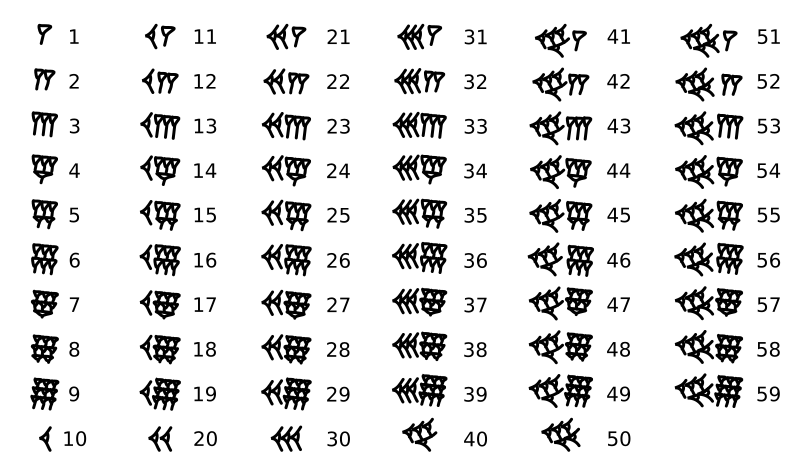
In 1920, a French Catholic publication used the topic of Napoleon and the Jews to criticize British overtures toward Zionism: “Napoléon 1 er et les Juifs”, Semaine religieuse de Cambrai, November 13, 1920, 391–92.ġ0 Regarding medical aspects of Antoine-Jean Gros, Bonaparte visitant les pestiférés de Jaffa, 1804, oil on canvas, 523 x 715 cm, Musée du Louvre, Paris, see Porterfield, Todd, The Allure of Empire: Art in the Service of French Imperialism, 1798–1836 ( Princeton: Princeton University Press, 1998), 53– 61 Google Scholar Grigsby, Darcy Grimaldo, Extremities: Painting Empire in Post-Revolutionary France ( New Haven: Yale University Press, 2002), 86– 87 Google Scholar.

2 (December 1998) Google Scholar, Emmanuelle Papot, “Napoleon and the Jews,” History of the Two Empires. 14 (December 10, 1926): 439 Anchel, Robert, Napoléon et les Juifs ( Paris: Presses Universitaires de France, 1928) Google Scholar Kobler, Franz, Napoleon and the Jews ( New York: Schocken Books, 1976) Google Scholar Schwarzfuchs, Simon, Napoleon, the Jews, and the Sanhedrin ( Oxford: Oxford University Press, 1979) Google Scholar Lémann, Joseph, Napoléon et les Juifs ( Paris: Avalon, 1989) Google Scholar Wieder, Ben, “ Napoleon and the Jews,” Napoleonic Scholarship: The Journal of the International Napoleonic Society 1, no. 72 ( 1921): 1– 23 Google Scholar, 135–62 “Napoléon 1 er et les juifs de Pologne”, L'Univers i sraélite 82, no. 71 ( 1920): 127–47 Google Scholar Liber, Maurice, “ Napoléon I er et les Juifs: La question juive devant le Conseil d’État en 1806”, Revue des études juives, no. 5 ( 1901/1902): 461–92 CrossRef Google Scholar Liber, Maurice, “ Napoléon I er et les Juifs: La question juive devant le Conseil d’État en 1806”, Revue des études juives, no.

6 ( 1900/1901): 595– 626 CrossRef Google Scholar Sagnac, Philippe, “ Les Juifs et Napoléon (1806–1808)”, Revue d'histoire moderne et contemporaine 3, no.

5 ( 1900/1901): 461–84 CrossRef Google Scholar Sagnac, Philippe, “ Les Juifs et Napoléon (1806–1808)”, Revue d'histoire moderne et contemporaine 2, no. This article argues that in addition to broadcasting religious tolerance, Napoleonic artwork used Jews and symbols like Moses and tablets of law to fashion a narrative of law that foregrounded the legal legitimacy of Napoleon's rule: Napoleon's regime is legally just the enlightened ruler affords rights and liberties to all his subjects divine Napoleon is the new lawgiver.ģ As a sample, I offer the following studies in which “Napoleon and the Jews” appears in the title: Albert Lemoine, Napoléon 1 er et les Juifs (Paris: Fayard Frères, 1900) Sagnac, Philippe, “ Les Juifs et Napoléon (1806–1808),” Revue d'histoire moderne et contemporaine 2, no. This is surprising, as the Jewish community was numerically insignificant and hardly influential in Napoleon's realm. It is noted that Jews feature disproportionately in the Empire period's depictions of freedom of worship. The partisan artwork demonstrates how Napoleon's artists depicted freedom of worship as the freedom-granted to all faiths-to worship Napoleon. Popular visual arts are mined for meaning, painting a portrait of the legal and cultural setting of these creative works. Examining contemporary French artistic representations of Napoleon granting freedom of worship to religious groups, this article analyzes artwork as a tool for fashioning and communicating legal narrative. To that end, Napoleon used art and cultural treasures as part of his arsenal in order to create the perception of victory, regardless of the outcome of any particular campaign. Yet Napoleon understood that while skirmishes were won or lost on the battlefield, the real war lay in public perception.

Napoleon's most famous innovation in his legendary military career was the use of the daunting Grande Armée with an emphasis on speed, maneuverability, and maintaining the offensive.


 0 kommentar(er)
0 kommentar(er)
